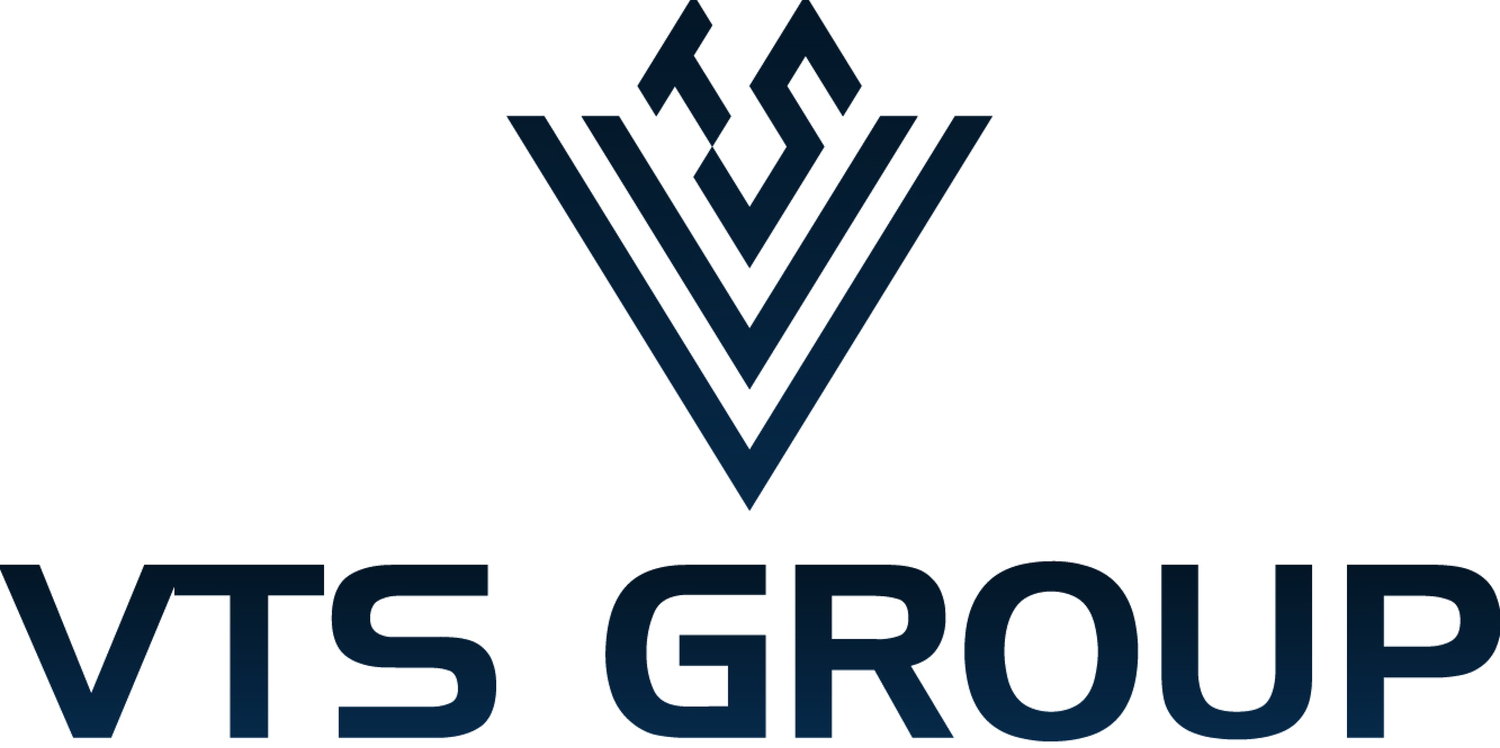From Design to Implementation, VTS Group has Data Center down pat.
Here are just a few examples of our expertise within the Data Center. We specifically chose these case studies as a representation of our ability to take on a project of any size, at any stage, and take it to complete customer satisfaction.
Nexus 9000 to Replace Extreme Switches
Our client had been using Extreme switches throughout their data center and had difficulty with support, as well as experiencing several outages affecting their ERP system. VTS Group was asked to provide a new data center design that would accommodate current requirements such as migrating systems to a co-located data center, supporting Oracle databases and numerous Microsoft applications. In addition, VTS Group was also engaged with the client in designing a new campus environment, and keeping consistency within the product lines was important to the client. A Nexus 9000 solution was chosen, utilizing NX-OS mode, but with the ability to migrate to a Software Defined Networking solution (via Cisco Systems' Application-Centric Infrastructure (ACI) at a later date. Since the Nexus infrastructure was deployed there has not been a data center network outage.
Nexus 7700/5600/2200 Turn-Key Implementation
For this project we were asked to provide a complete solution for a new data center build out. Our engagement in the new data center started early; we worked with the client to establish a cabling architecture, and designed a top of rack/end of row solution to integrate into the cable plant. Once the network hardware was chosen, we worked with the client's senior network engineers to develop the network requirements. From there we provided complete configurations and performed network validation testing, ensuring the solution would achieve the desired throughput characteristics.
Catalyst 6500 to Nexus 7000
For this engagement VTS Group was subcontracted to a large system integrator that required senior level network expertise. VTS Group was chosen based on our reputation, and after being carefully vetted by the account team. The project consisted of building up a new Nexus environment that would be available to migrate applications into at a later date. This deployment utilized virtual device contexts on the Nexus 7000's to provide both routing and Overlay Transport Visualization capabilities within the same physical hardware. The project allowed the client to migrate applications off of hardware that was approaching end of life, at a controlled schedule based on application owner input.

